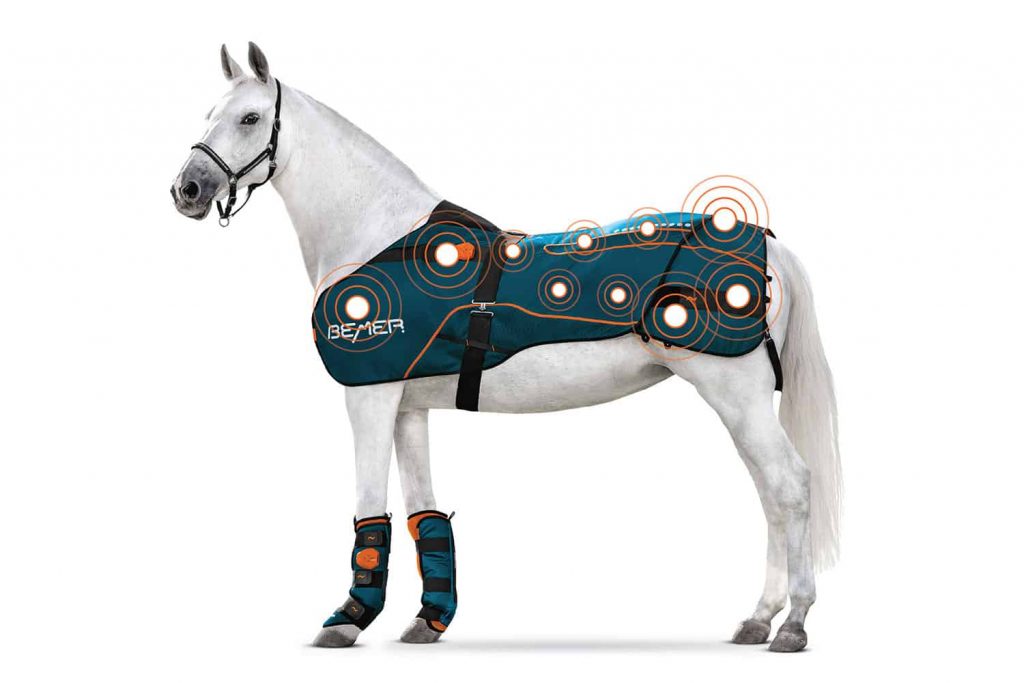
Diagnostic Imaging of the Cervical Spine
The best diagnostic imaging tool for the cervical spine is MRI, rather than widely used radiographs.

The best diagnostic imaging tool for the cervical spine is MRI, rather than widely used radiographs.

Veterinarians discuss how they radiograph, ultrasound, and treat neck problems.

Researcher: The BEMER blanket technology provides a medication-free solution for reducing pain in the croup and saddle area.

Veterinarians might consider addressing axial skeleton adaptations when rehabbing horses with limb injuries.

Often, a horse’s behavior problems are rooted in either pain or incomplete training. Here’s what to consider.

At the 2022 BEVA Congress, Dr. Hilary Clayton described how to create a rehabilitation plan for horses recovering from back pain.

A veterinarian describes three real-life examples of horses with physical abnormalities competing successfully.

Aging mules and donkeys need to be managed just as carefully as horses. Here’s what you need to know.

Researchers discovered a connection between Chromosome 25 and the presence of kissing spines in horses.

Palpating your horse’s back can help you determine if he’s uncomfortable.

Jessica Gould, DVM, demonstrates extracorporeal shock wave therapy on an Irish Sport Horse to help manage mild neck and back pain.

Discover how shock wave therapy, mesotherapy, and ongoing maintenance helped a young event horse with kissing spines return to performance in this free report.

An equine veterinarian describes approaches for treating kissing spines, arthritis, and other spinal issues.

Leg lameness should always be ruled out first when investigating sore backs, but primary causes of back pain do also exist.

The most common horse vertebral issues seen over a decade at one diagnostic lab were wobbler syndrome, fracture/subluxation, and abnormal spinal curvature.

Researcher: Chiropractic care might help address the compensatory pain and dysfunction that result from a primary lameness.
Stay on top of the most recent Horse Health news with
"*" indicates required fields